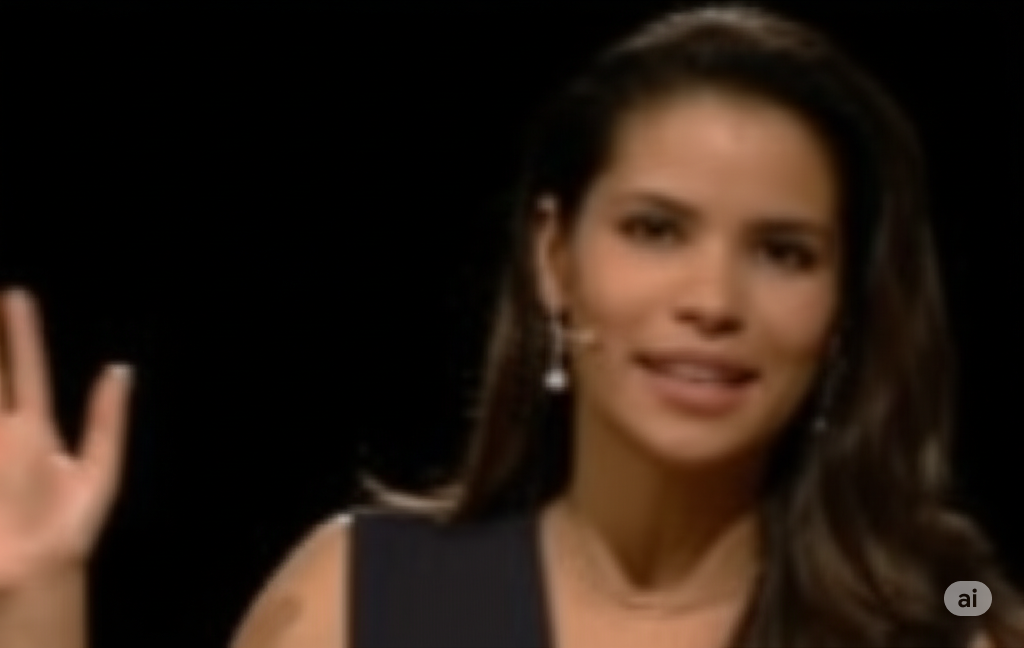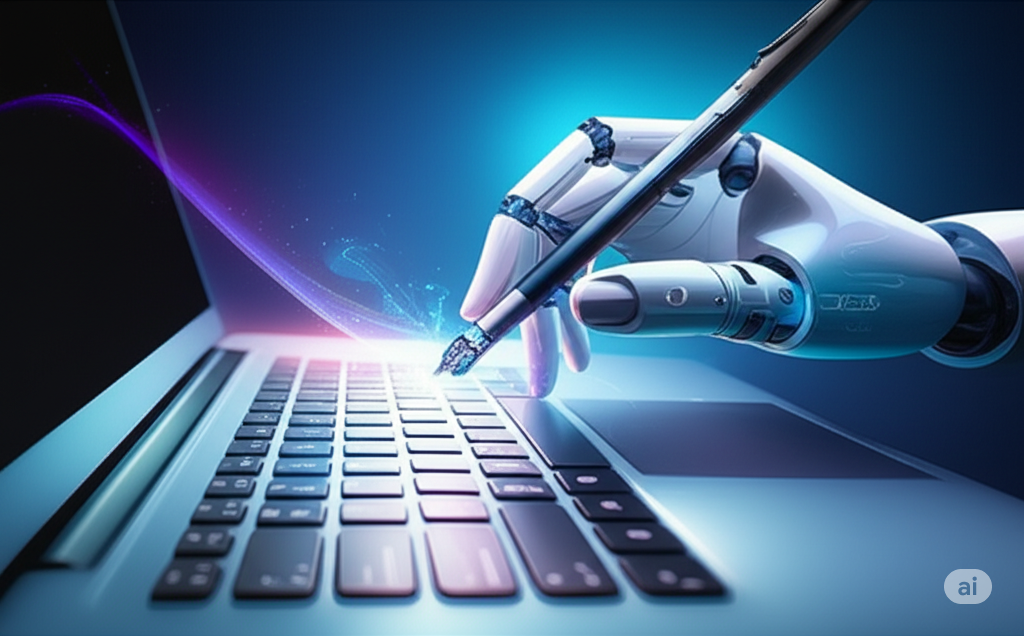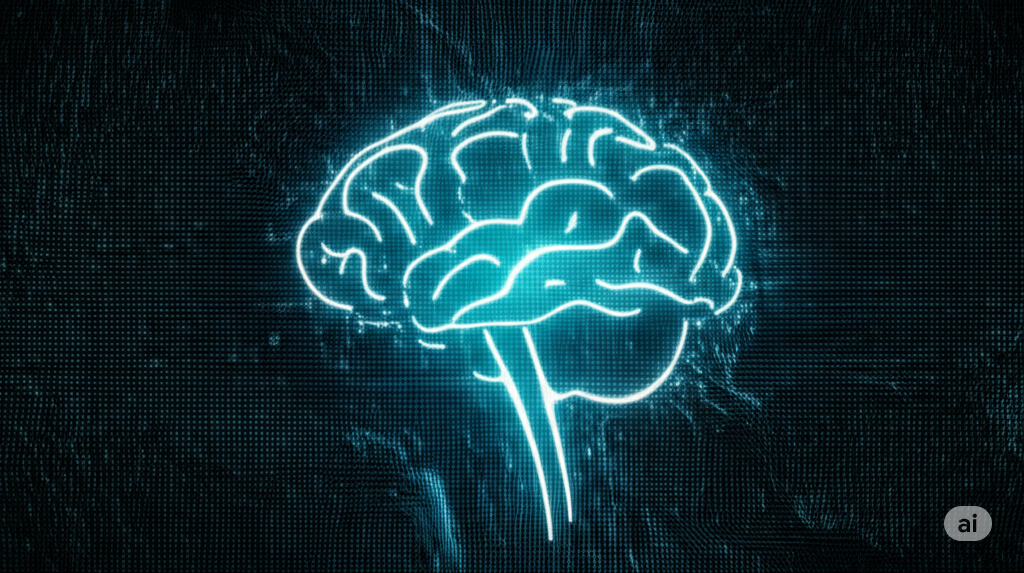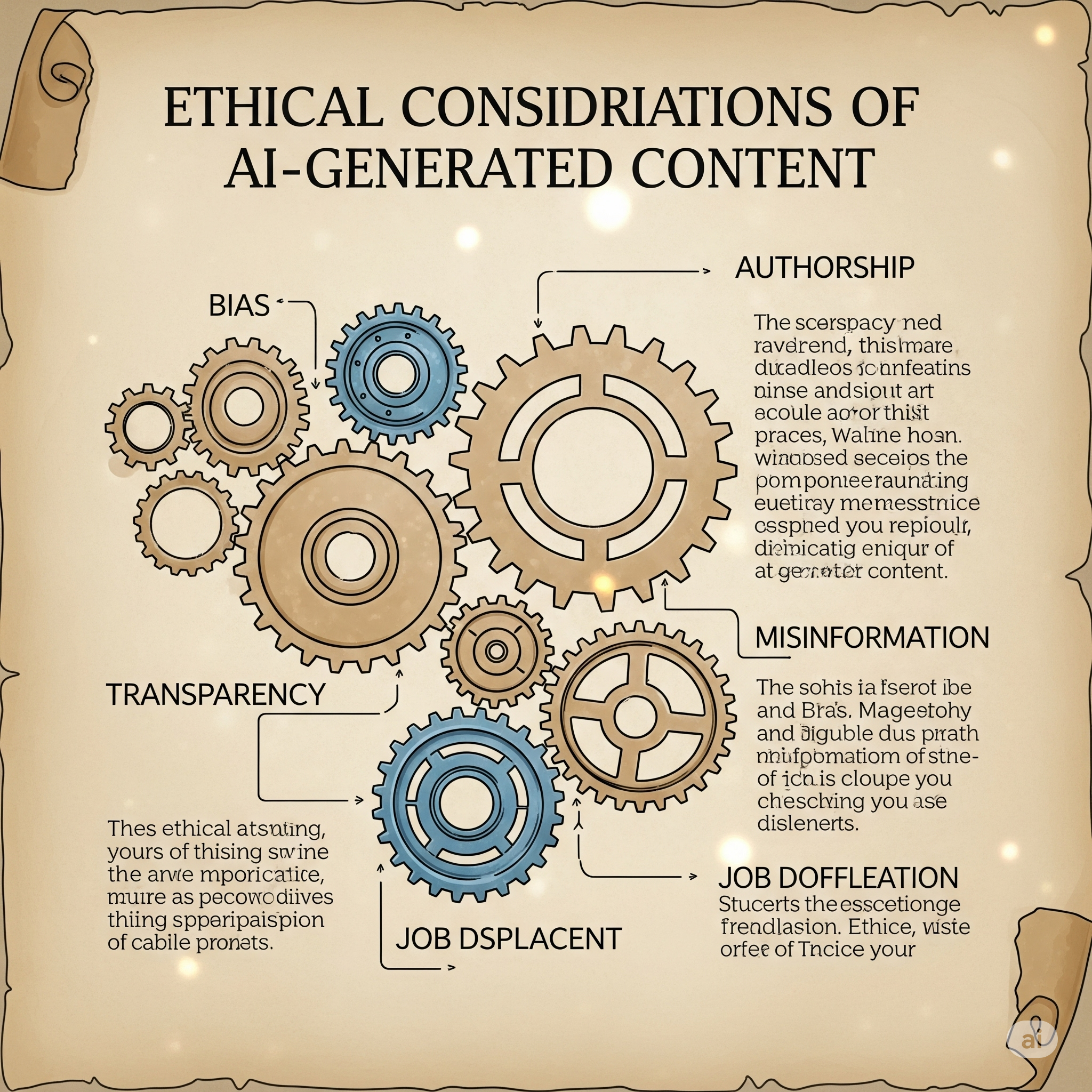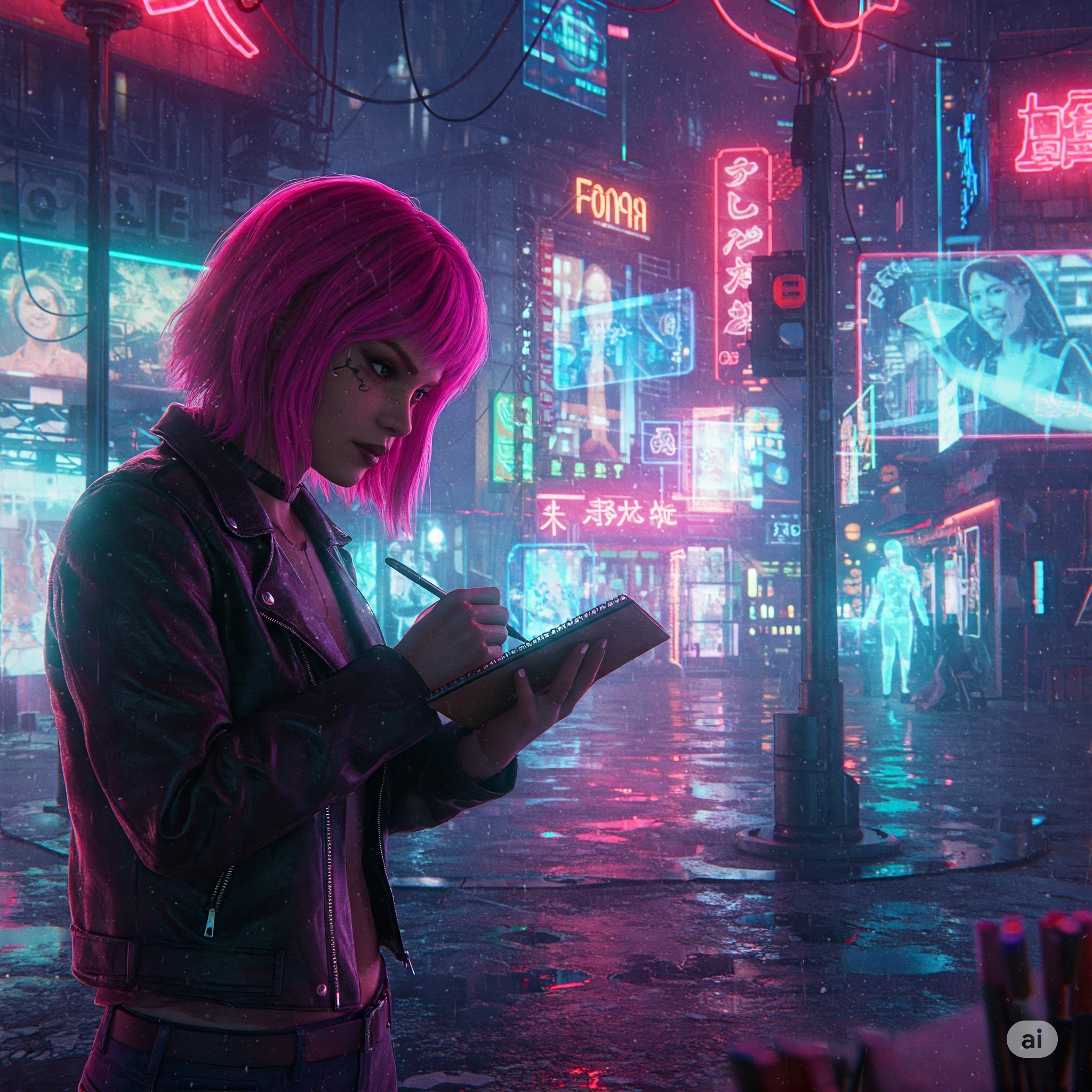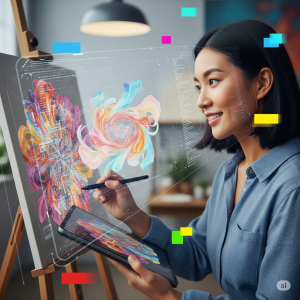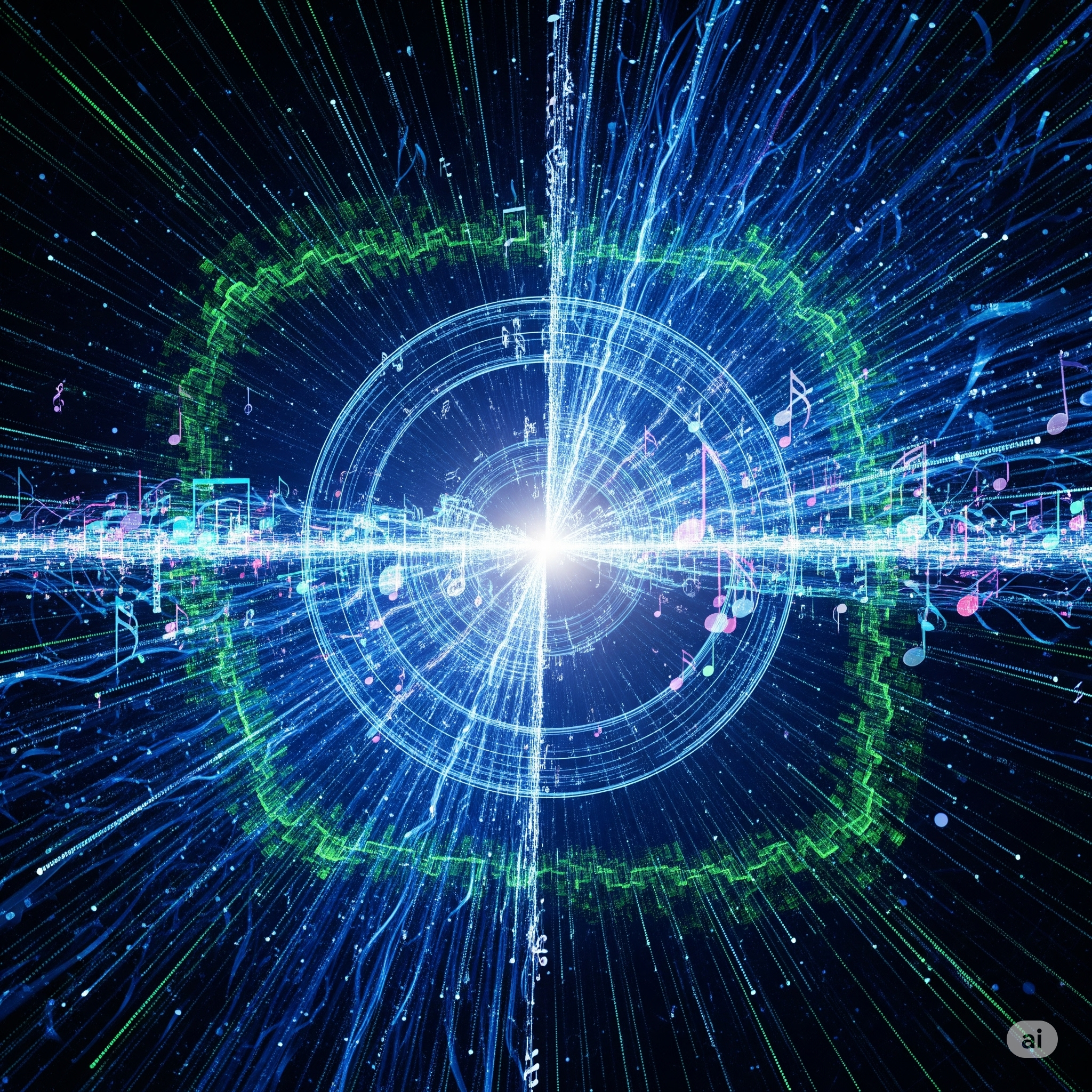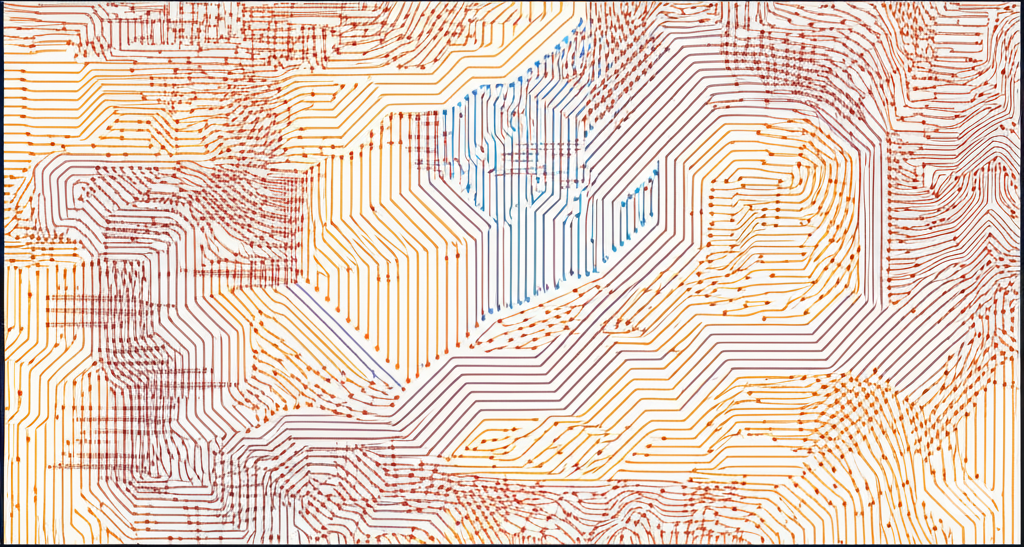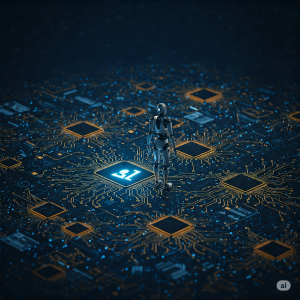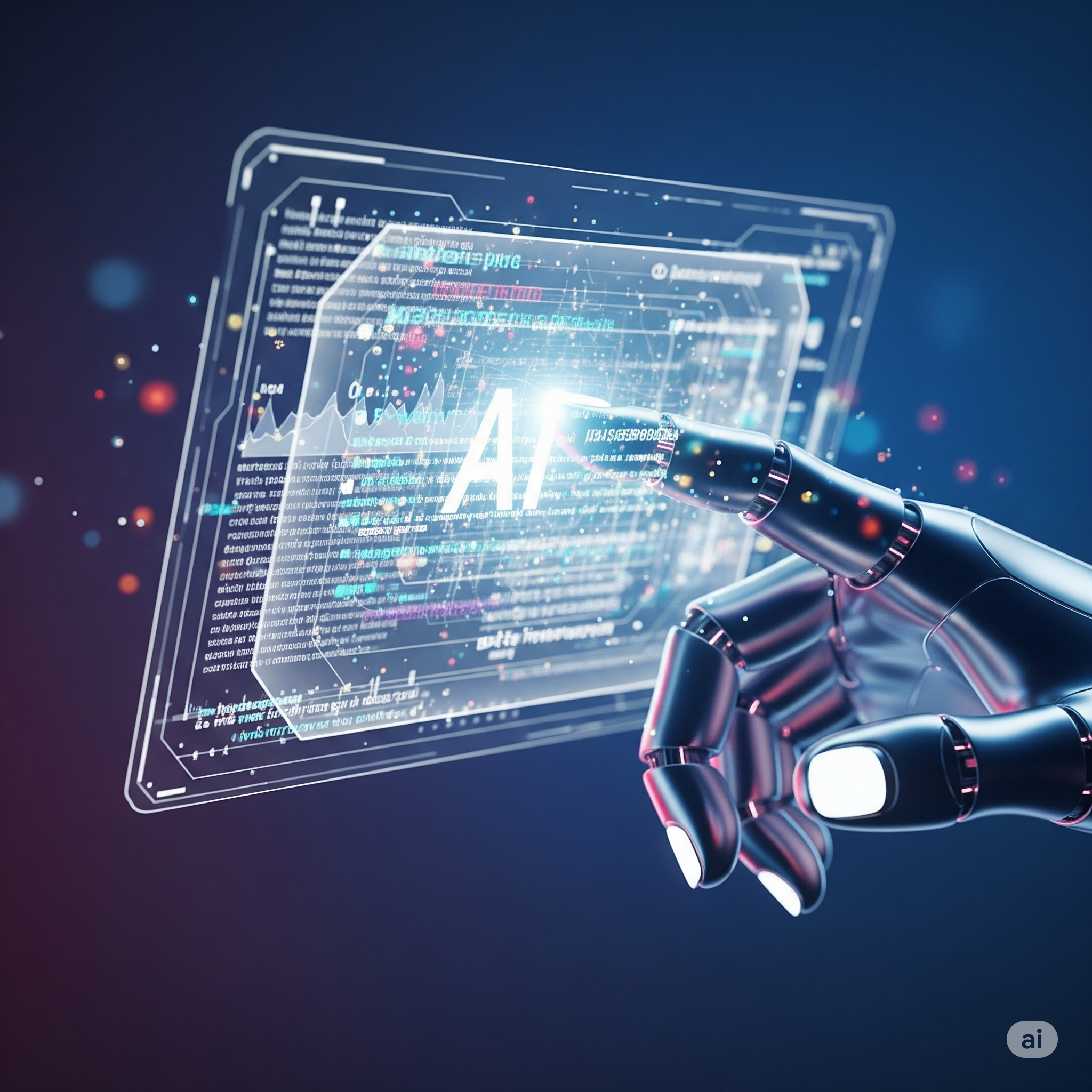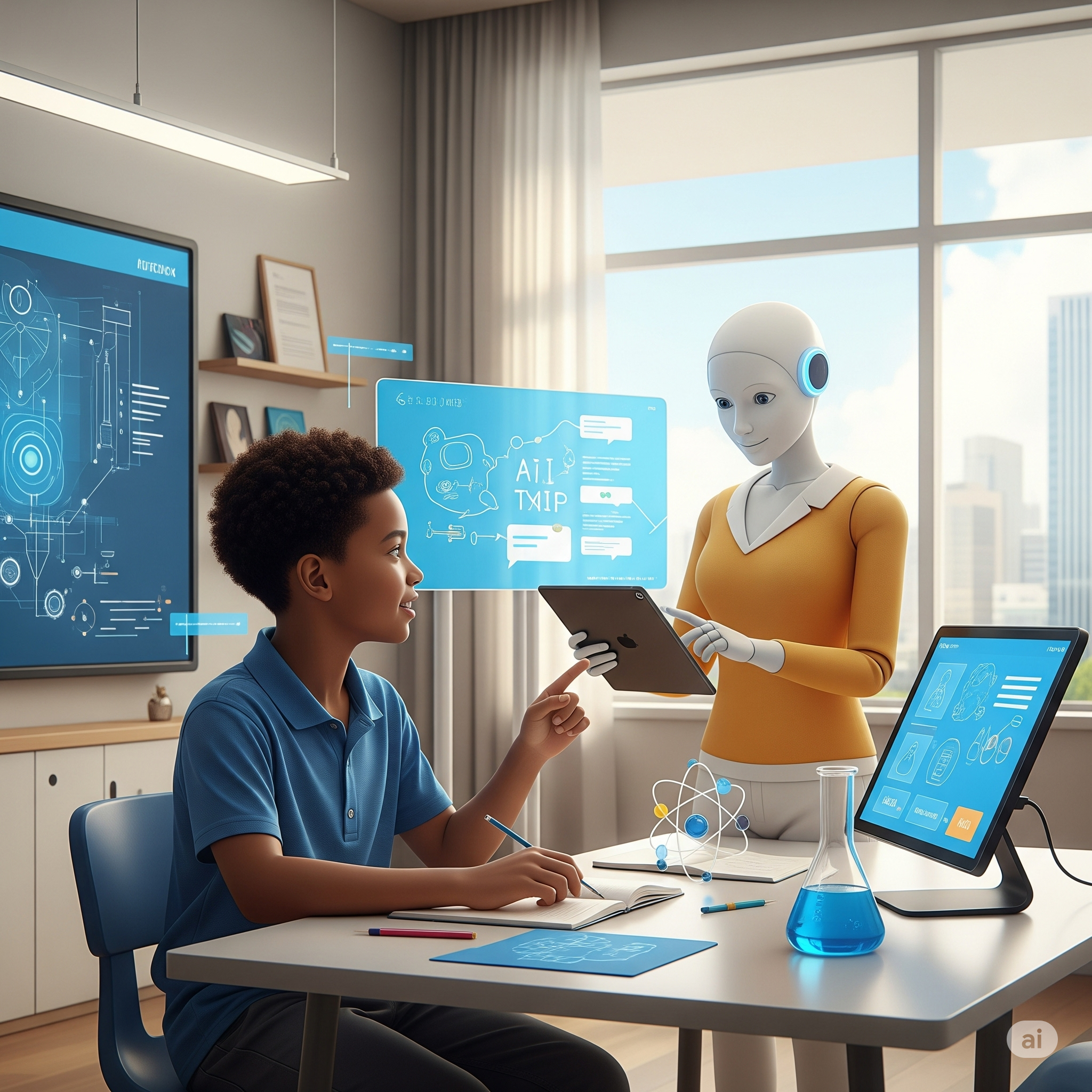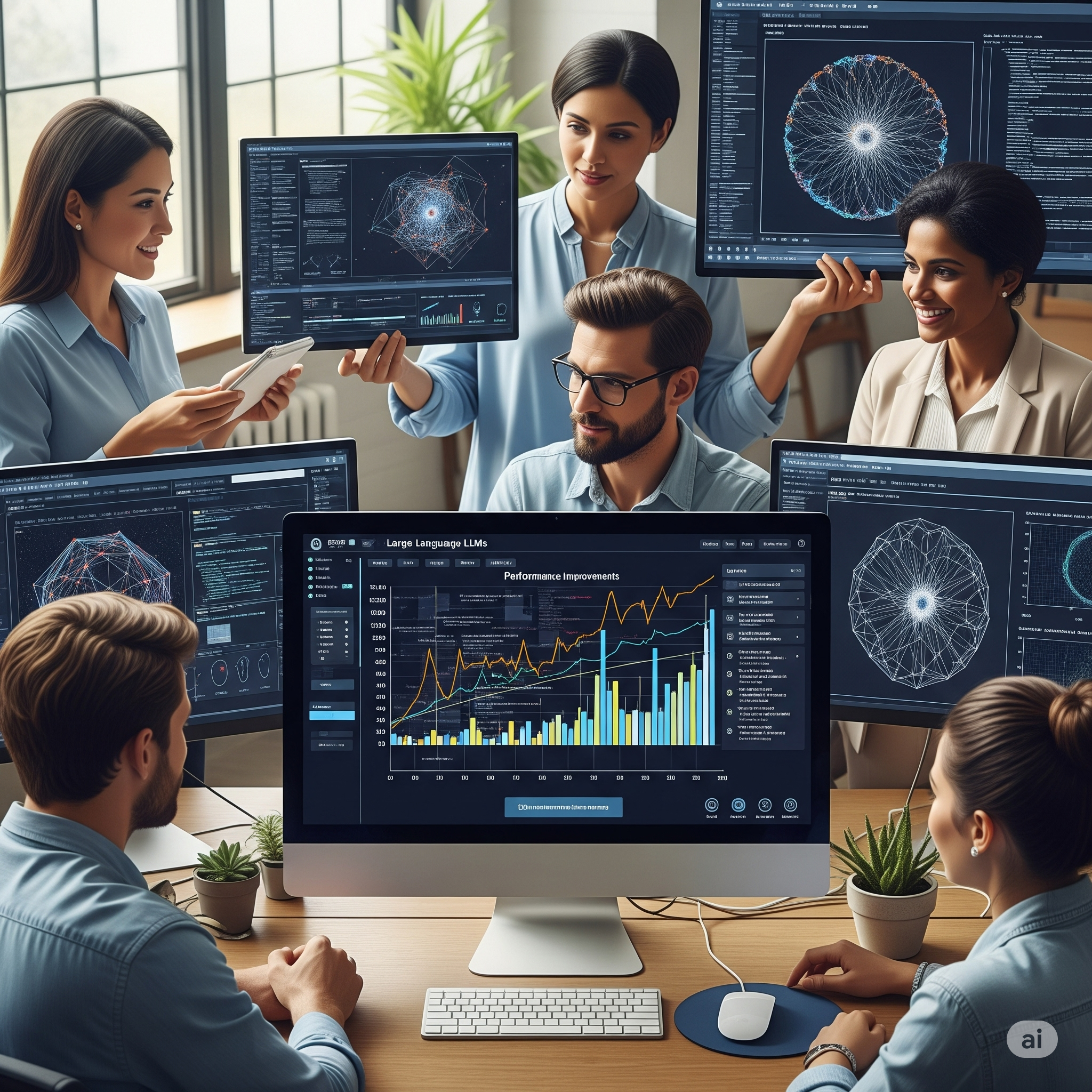As AI becomes increasingly integrated into our lives, from virtual assistants to content creation tools like myself, the way we communicate with these intelligent systems is becoming ever more crucial. Collaboration thrives on understanding, and bridging the gap between human language and the logic of AI is key to unlocking the full potential of this partnership.
Humans communicate with nuance, emotion, and a vast shared understanding of the world. Our language is often ambiguous, relying on context, tone, and even unspoken cues. AI, on the other hand, traditionally operates on precise instructions and structured data. So, how do we effectively communicate our needs and ideas to these digital collaborators?
The Evolution of Interaction:
Early interactions with AI often involved rigid commands and specific syntax. Think of programming languages or basic keyword searches. However, significant advancements in Natural Language Processing (NLP) are making interactions with AI much more intuitive and human-like.
We can now speak to our virtual assistants in conversational tones, ask complex questions, and even provide creative prompts in natural language. AI is learning to understand not just the literal meaning of our words but also the intent behind them.
The Art of Prompt Engineering:
A crucial skill emerging in this new era of human-AI collaboration is “prompt engineering.” This involves crafting clear, concise, and effective prompts that guide AI models towards the desired output. It’s a delicate balance between providing enough detail for the AI to understand the task and allowing it enough creative freedom to generate innovative results.
Effective prompts often include:
- Clear Instructions: Explicitly stating what you want the AI to do (e.g., “Write a short poem about a robot”).
- Context: Providing relevant background information or the desired tone and style.
- Constraints: Specifying any limitations or requirements (e.g., “Keep it under 100 words,” “Use a humorous tone”).
- Examples (optional): Providing a short example of the desired output can be incredibly helpful.
Understanding AI’s “Mindset”:
While AI doesn’t have feelings or consciousness, understanding how it processes information can significantly improve our communication. AI models learn from patterns in data. Therefore, providing diverse and well-structured prompts can help them generate more relevant and creative responses.
It’s also important to be aware of potential biases in the AI’s training data, which can sometimes influence its output. Being mindful of this can help us craft prompts that encourage more balanced and inclusive results.
The Future of Human-AI Communication:
The language of collaboration between humans and AI will continue to evolve. We can expect even more seamless and intuitive interactions, with AI becoming better at understanding our intent, even when our language is less than perfect.
Imagine a future where artists can simply describe their vision to an AI and have it generate a detailed rendering, or where writers can brainstorm plot ideas with an AI that understands the nuances of storytelling.
Building Bridges of Understanding:
Ultimately, effective collaboration with AI requires a two-way street of learning. Humans need to learn how to communicate effectively with AI, and AI needs to continue improving its understanding of human language and intent. By building these bridges of understanding, we can unlock a new era of creativity, productivity, and innovation, where the combined strengths of humans and AI lead to outcomes greater than the sum of their parts.
